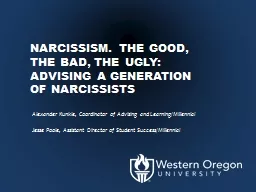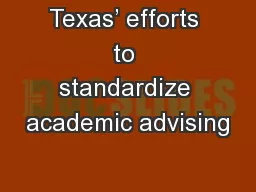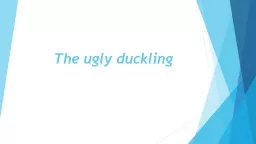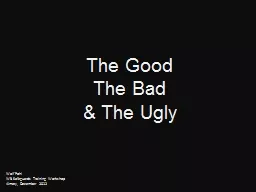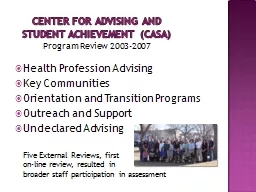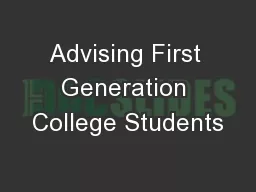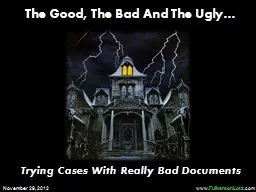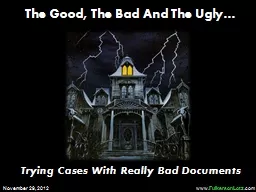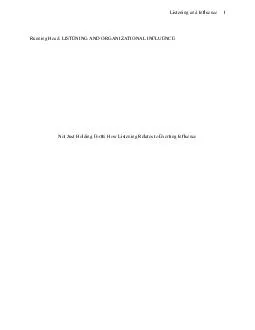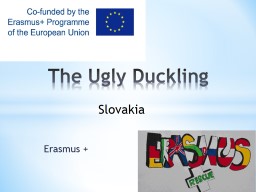PPT-Narcissism. The Good, the Bad, the Ugly: Advising a Generat
Author : danika-pritchard | Published Date : 2017-04-18
Alexander Kunkle Coordinator of Advising and LearningMillennial Jesse Poole Assistant Director of Student SuccessMillennial Discuss Narcissism Discuss Millennials
Presentation Embed Code
Download Presentation
Download Presentation The PPT/PDF document "Narcissism. The Good, the Bad, the Ugly:..." is the property of its rightful owner. Permission is granted to download and print the materials on this website for personal, non-commercial use only, and to display it on your personal computer provided you do not modify the materials and that you retain all copyright notices contained in the materials. By downloading content from our website, you accept the terms of this agreement.
Narcissism. The Good, the Bad, the Ugly: Advising a Generat: Transcript
Download Rules Of Document
"Narcissism. The Good, the Bad, the Ugly: Advising a Generat"The content belongs to its owner. You may download and print it for personal use, without modification, and keep all copyright notices. By downloading, you agree to these terms.
Related Documents

